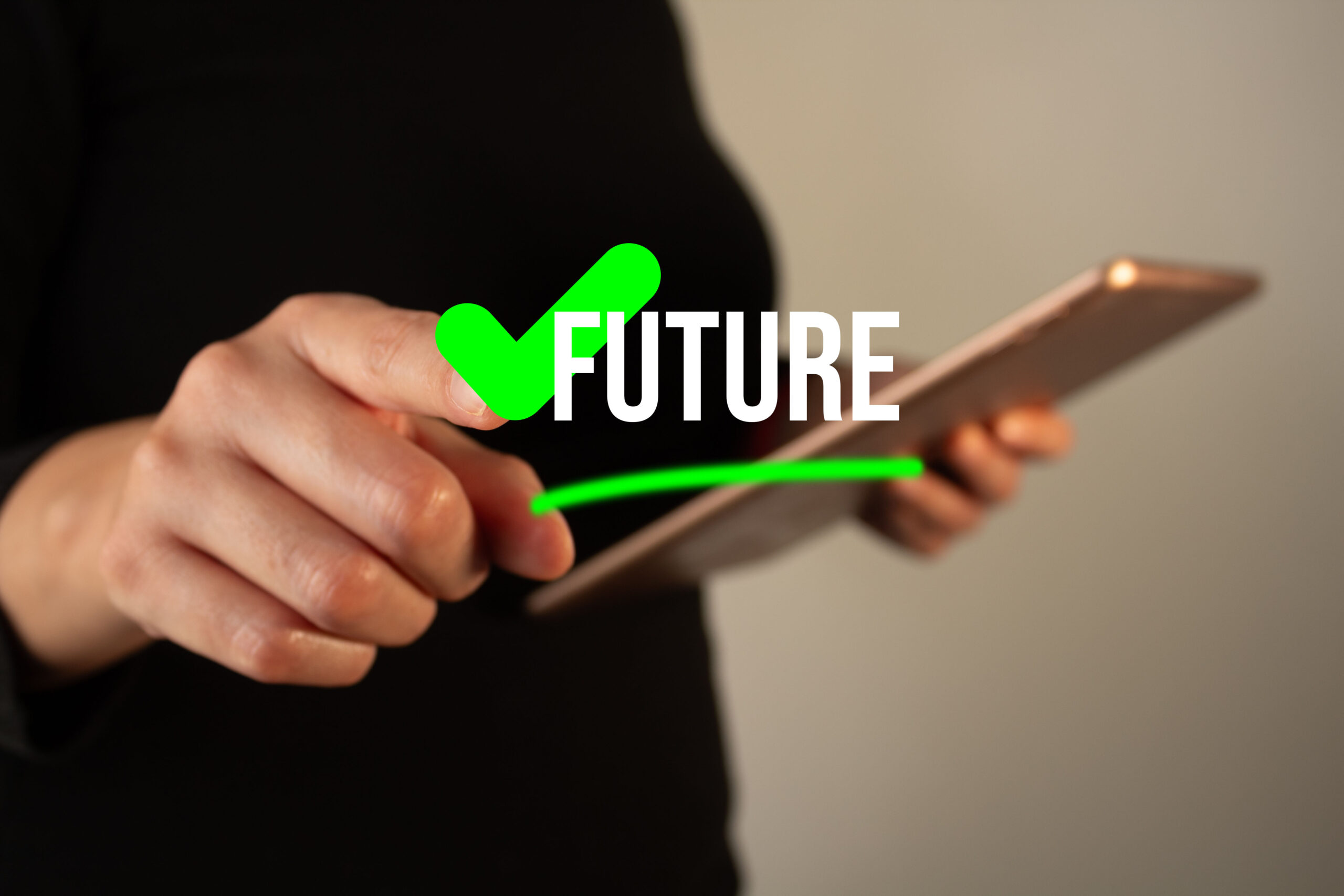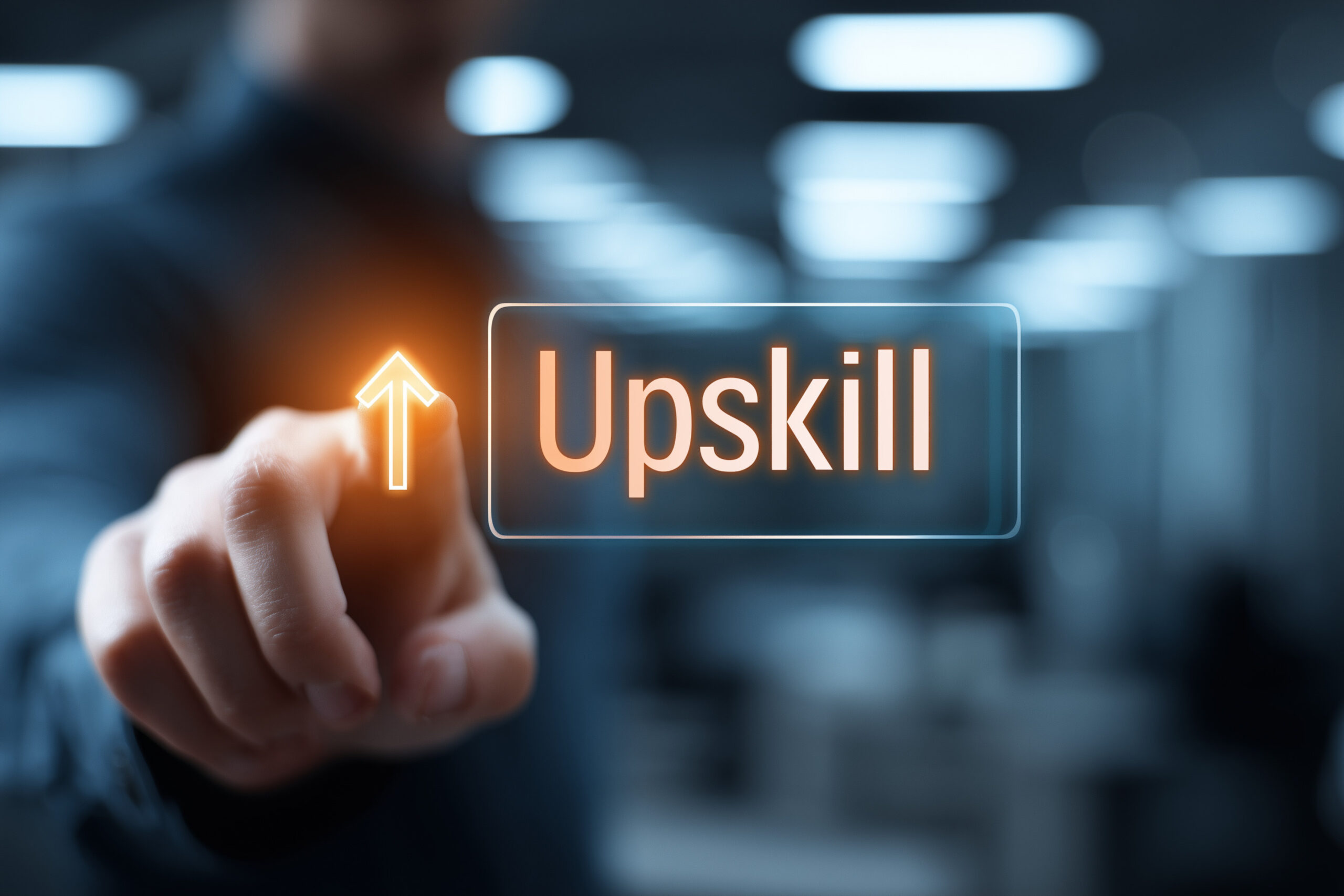Sukh Pabial details what modern learning really looks like, and why it’s important.
Although there is much talk about modern learning, it can feel like all that is being described is what used to be called a blended learning programme.
Blended learning was a useful way to adopt the development of elearning as a learning option that could sit alongside in-person solutions. In days gone by, in-person solutions were the mainstay of learning and development. The technology of the early 2000s was basic and not at the standard needed to be anything other than a secondary option, and quite passive.
With the advent of social media, and in particular of smartphones, we saw a radical development in the early 2010s of the potential of technology.
What Is ‘modern learning’?
To understand modern learning as a concept, we must also understand common modern use of technology.
There are an incredible number of consumer technologies using smartphone capabilities and apps. It’s not just that we can watch Netflix on our phones, play games, navigate to any location, or send messages at speed, it’s that the development of quality of video streaming in particular due to improved data and bandwidth capacity is significantly better than we’ve ever had it.
The possibilities of modern learning solutions mean we can more readily understand performance needs and develop resources and produce content rapidly.
Alongside this, apps are ubiquitous for ease of access to our most popular services and products, and giving us access to content we may never have had access to before.
Importantly, a number of products have become mainstream which were developed outside of the learning and development spheres. When we look at collaboration tools like Miro or Mural, these were developed as platforms for groups and teams to work together through digital means.
Communication tools like Slack, project management tools like Trello, and social media like Twitter and TikTok are all places people will go to interact, engage and learn from others. This is happening completely independently of any formalised learning structures, or any influence of learning and development professionals.
It is this usage of modern technology that drives a narrative around modern learning as a concept.
Modern learning is about using available technology to be able to deliver learning products and solutions which are not focused on an in-person solution, and can mean people find a learning solution relevant to their needs and driving performance more rapidly than having to wait for a training course or workshop to be developed.
The possibilities of modern learning solutions mean we can more readily understand performance needs and develop resources and produce content rapidly.
For example, in needing to understand project management, you could complete a video series on LinkedIn Learning, find a set of ready-to-use templates online, engage with a community of practice on project management, and learn how to use a project management tool.
Specifically in the live online space, we’ve also seen improvements in live online technologies with the likes of Adobe Connect and Zoom providing very stable live video platforms, real-time use of collaborative technology, and an array of functionality to keep groups engaged and interacting regularly.
Are in-person solutions still relevant?
Traditional in-person solutions revolved around training being delivered to a group. This practise itself evolved from being training to being facilitation, and it’s common these days for many practitioners to fall along a spectrum of being a trainer and facilitator.
The ease of digital learning solutions and live online video tools as very common modern practice also calls into question why we bring people together at all. Digital content and digital resources mean people can undergo ‘learning’ independent of needing a trainer or facilitator to be present.
Experience tells us that when people come together, there are some things they can do with one another that either independently or virtually are harder to do. These include (but are not limited to):
- Debate and open discussion – the ability to think and test your thinking with others is important. Sometimes we need to express things to others to improve relationships or working practices that you may not be able to do in other forums.
- Problem-solving – in being able to share ideas and uncover problems, we are better able to arrive at solutions.
- Creativity and innovation – although some people can independently develop great ideas, for most people we do this even better when hearing from others, building on the ideas and making them something more.
- Decision-making – we are influenced by others in their thinking, and it is important to hear data and stories to enable strong decision-making to take place.
- Being inspired – there is something about listening to and hearing from experienced and influential speakers which can inspire others to action.
Understanding the purpose of people coming together in the above context means really being far more purposeful and clear about why you would bring people together.
What is a modern learning programme?
A modern learning programme advances the traditional way of delivering a learning programme by making digital learning solutions a core set of products that learners are expected to complete, and being really clear about why people are coming together.
It changes from being a blended programme, to one where learning is active through all parts of the design. Digital content (videos/elearning) mean that people can learn core models or theories. Digital collaboration tools mean that people can share their learning and carry out reflective practise with others.
They also develop a community of practice for developing their own understanding and knowledge. Webinars mean you can deliver a masterclass topic that inspires or gives in-depth insight.
The in-person element is then about using that robust and extensive knowledge base to do things like – problem solve, product development, decision making, creative development, new ways of working, and so much more to take place.
In the learning and development space, modern learning programmes can therefore look like a number of options. It’s about using the right learning solution, for the right purpose, in the best way possible. It’s also important for L&D leaders and professionals to upskill in being able to develop modern learning programmes to meet the above.
The Modern Learning Leader Programme is designed specifically for learning leaders to enable this professional development to take place. It’s an eight-week programme where the main content is delivered through webinars, a community of practice to network and share learning, and a two day virtual classroom to problem solve with your peers for the learning challenges and solutions you’re facing. You can find out more and book your ticket at modernlearningleader.eventbrite.com.
About the author
Sukh Pabial is CLO of Challenging Frontiers.




